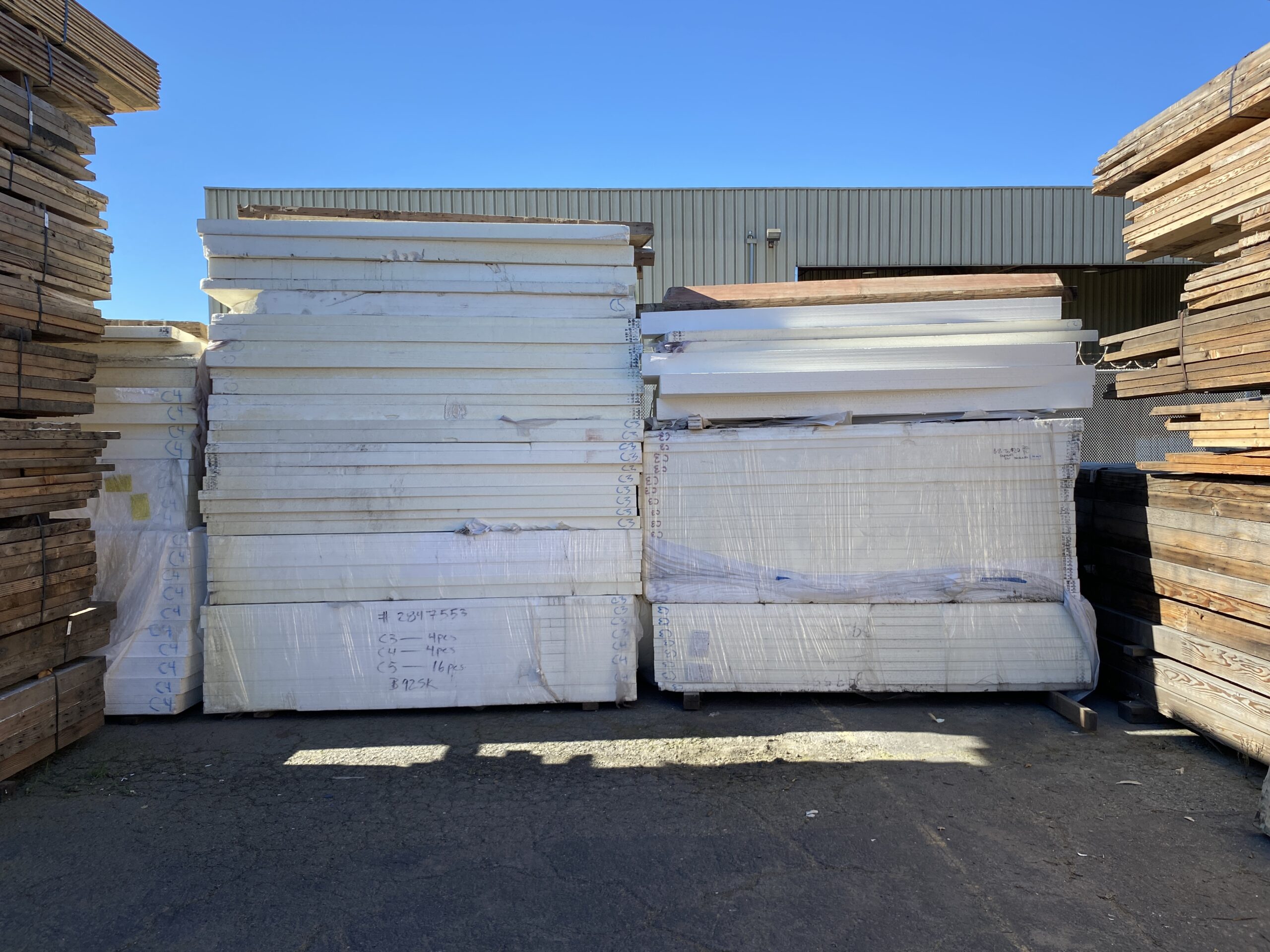When it comes to home improvement and energy efficiency, insulation plays a pivotal role in maintaining comfortable indoor temperatures while minimizing energy costs. Homeowners and builders alike often seek the cheapest yet most effective insulation solutions to optimize their investments. In this article, we will explore various insulation materials, their effectiveness, and cost considerations, ultimately guiding you to make informed decisions that align with your budget and energy-saving goals.
Understanding Insulation: The Basics
Insulation works by reducing heat transfer between the interior and exterior of a building. It is measured by its R-value, which indicates the material's resistance to heat flow. The higher the R-value, the better the insulation's effectiveness. When searching for the cheapest and most effective insulation, it is essential to consider not only the initial cost but also the long-term savings on energy bills and the material's lifespan.
Common Types of Insulation
- Fiberglass Insulation
- Cost: Fiberglass insulation is one of the most affordable options, typically ranging from $0.50 to $1.50 per square foot.
- Effectiveness: With an R-value between 2.9 and 4.3 per inch, fiberglass is a reliable choice for attics, walls, and floors. It is non-combustible and resistant to moisture, making it suitable for various climates.
- Considerations: While fiberglass is cost-effective, proper installation is crucial to avoid gaps that can compromise its efficiency.
- Foam Board Insulation
- Cost: Foam board insulation generally costs between $1.00 and $3.00 per square foot.
- Effectiveness: With R-values ranging from 3.8 to 6.5 per inch, foam board provides excellent thermal resistance. It is particularly effective for basement walls and exterior sheathing.
- Considerations: Although more expensive than fiberglass, foam board insulation offers superior moisture resistance and can be a worthwhile investment in areas prone to dampness.
- Spray Foam Insulation
- Cost: Spray foam insulation is on the higher end, costing between $1.50 and $3.00 per square foot.
- Effectiveness: With R-values between 6.0 and 7.0 per inch, spray foam expands to fill gaps and cracks, providing an airtight seal that enhances energy efficiency.
- Considerations: While the initial investment is higher, the long-term energy savings and improved indoor air quality can justify the cost.
- Cellulose Insulation
- Cost: Cellulose insulation typically ranges from $0.60 to $2.00 per square foot.
- Effectiveness: Made from recycled paper products, cellulose has an R-value of about 3.1 to 3.8 per inch. It is treated for fire resistance and is an eco-friendly option.
- Considerations: Cellulose is an excellent choice for retrofitting existing homes, as it can be blown into walls and attics, providing effective coverage.
- Mineral Wool (Rock Wool) Insulation
- Cost: Mineral wool insulation costs between $0.80 and $2.00 per square foot.
- Effectiveness: With an R-value of 3.0 to 4.0 per inch, mineral wool is fire-resistant and provides excellent soundproofing qualities.
- Considerations: Its higher density makes it a great option for areas requiring sound insulation, such as multi-family dwellings.
Factors to Consider When Choosing Insulation
- Climate Zone: The effectiveness of insulation varies by climate. Warmer climates may require lower R-values, while colder regions benefit from higher R-values.
- Installation Costs: While some insulation types are cheaper to purchase, installation costs can vary significantly. DIY options may save money, but professional installation can ensure optimal performance.
- Longevity and Maintenance: Consider the lifespan of the insulation material. Some options may require replacement or maintenance over time, impacting overall cost-effectiveness.
- Environmental Impact: Eco-friendly insulation options, such as cellulose or sheep's wool, may have a higher upfront cost but can contribute to sustainability goals and energy efficiency.
Conclusion: Making the Right Choice
Finding the cheapest and most effective insulation requires a careful evaluation of materials, costs, and your specific needs. Fiberglass and cellulose insulation often emerge as the most budget-friendly options, while spray foam and foam board provide superior performance in specific applications. Ultimately, the best choice will depend on your home's unique requirements, your budget, and your long-term energy efficiency goals.

